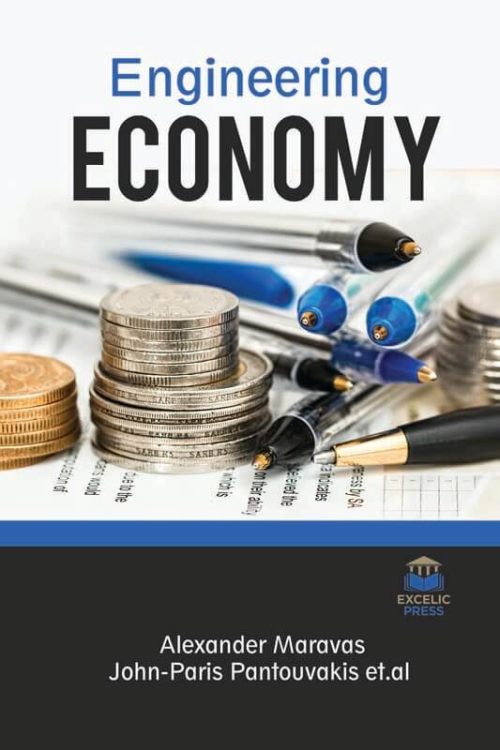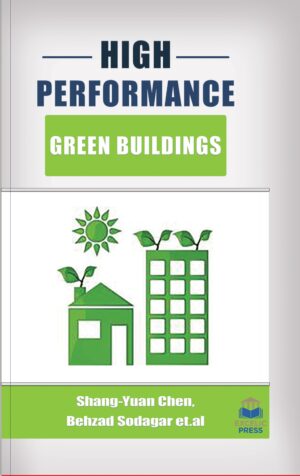Description
Appropriate financial decisions are important for success of any company. Being a financial manager or shareholder, there are many questions arises in your mind that which engineering projects are worthwhile, which engineering projects should have a higher priority or which is the best alternative that is economically feasible considering the current financial condition of the company. Economic analysis is inevitably an important tool in the decision making process. It is essential for any stake holders to know the economic feasibility of project or investment before starting new projects.
Cost-benefit analysis (CBA) is very useful when appraising engineering projects and examining their long-term financial and social sustainability. However, the inherent uncertainty in the estimation of completion time, final costs, and the realization of benefits often act as an impediment to its application. Since the emergence of fuzzy set theory, there have been significant developments in uncertainty modelling in project evaluation and investment analysis, primarily in the area of formulating a fuzzy version of CBA. The purpose of opening chapter in this book is to present an uncertainty management model that applies fuzzy set theory to these indicators. Also, an automation process based on computer processing is presented to facilitate application.
Further, it explores the use of discounted cash flow methods for evaluation of engineering projects. It’s known that engineering economics provides the tools and techniques in evaluating alternatives economically and source of many engineering decisions are based on engineering economics. This book will highlight economics decision using traditional engineering economics tools like cash flow, depreciation, and spider diagram and sensitivity analysis by using a real case study.
The idea of sustainable development and the resulting environmentally friendly attitudes are increasingly used in construction projects. Designing in accordance with the principles of sustainable development has an impact on the costs of construction works.
The book follows with public company communications with equity investors and firm value; application of the concept of terminal value in the analysis of projects based on renewable energy; economic aspects of building energy audit; consequences of industry 4.0 in business and economics; review and implications for international finance and international business. During periods of high interest rates, businesses utilize their own capital, merge with other businesses, or diversify, and borrow when it is absolutely necessary. People also avoid hardship through refinancing during economic slowdowns because interest rates are low enough to recover some of their income and lower debt interest. This book investigates ways to lower the earnings percentage in interest rates. Some agents may recognize an objectively wrong constraint and make decisions based on this constraint. Therefore, when we think about a budget constraint, we need to distinguish between a constraint used by economic agents on the occasion of decision making subjectively and a constraint enforced on an agent objectively. The purpose of this book is not to consider the former constraint but to consider the latter constraint in a monetary economy. It will serve to students and practitioners working in the associated field and, moreover, may provide new concepts and starting topics for future researches.





